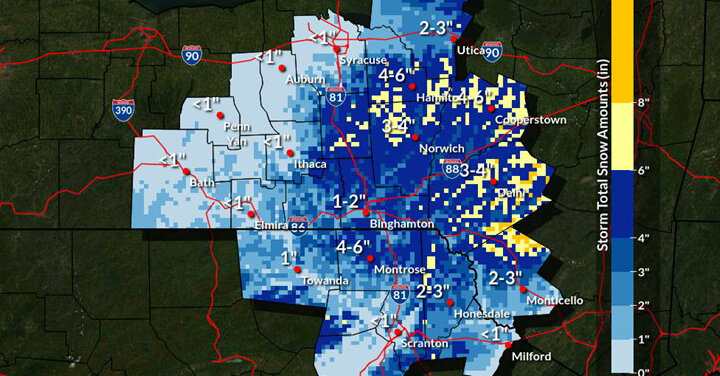Opinion | Two Decades of Prison Did Not Prepare Me for the Horrors of County Jail
Ethan Frenchman, a lawyer in Washington who advocates on behalf of people with disabilities in jails, told me that while the nation’s roughly 1,500 state prisons are operated or overseen by 50 states, the 3,000 or so jails “are operated by who knows how many hundreds or thousands of different jurisdictions,” making it extremely hard to get reliable information about what goes on there, or to enforce any kind of accountability.
One data point is unmistakable: suicide rates. Suicides are the leading cause of death in jails, where they occur at a much higher rate than in prisons. Big city jails, like the complex on Rikers Island, are infamous for violence, neglect and overcrowding, but they are not outliers. In fact, research by the U.S. Bureau of Justice Statistics has found that suicide rates in the nation’s smallest jails were more than six times as high as those in the largest.
During my recent trip to Pierce County Jail in Tacoma, Wash., where I was sent to await a resentencing hearing that was ultimately delayed, I shared a cell with William Starkovich, a 35-year-old who had never been incarcerated before. He is awaiting trial in Pierce County Jail after an altercation with his siblings over rent money ended in two charges of assault in the first degree.
Mr. Starkovich, who gave me permission to tell his story, has received diagnoses of A.D.H.D., manic depressive disorder, bipolar disorder and autism spectrum disorder. Since his mental illness can affect his ability to maintain his physical hygiene, he is often a target of ridicule and aggression from other prisoners. He has been assaulted by other prisoners and guards alike. Mr. Starkovich told me that guards insisted on transferring him into an open dorm living unit where he didn’t feel safe. When he would not step into the unit, a “code blue” was called, meaning that a prisoner was defying an order. He was wrestled to the ground, tased and handcuffed.
Reports from jails across the country, from Rikers in New York to Santa Clara County’s Main Jail complex, in San Jose, Calif., have shown that mentally ill people are frequently mistreated. Families have filed lawsuits alleging that corrections officers have severely beaten mentally ill people, or let them starve or freeze to death. A 2014 internal investigation at Rikers found that almost 80 percent of the more than 100 prisoners who sustained serious injuries during altercations with corrections officers in 11 months were mentally ill.
Check out our Latest News and Follow us at Facebook
Original Source







